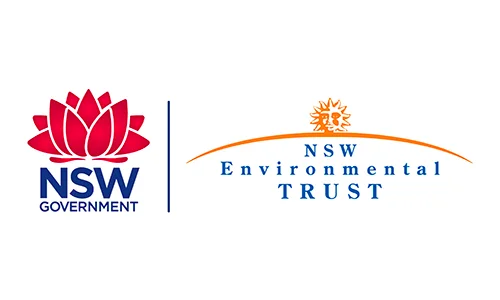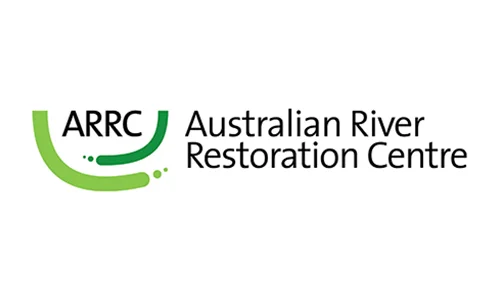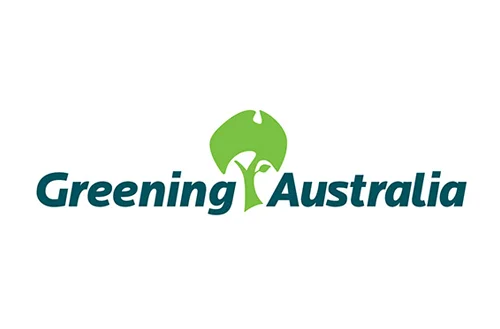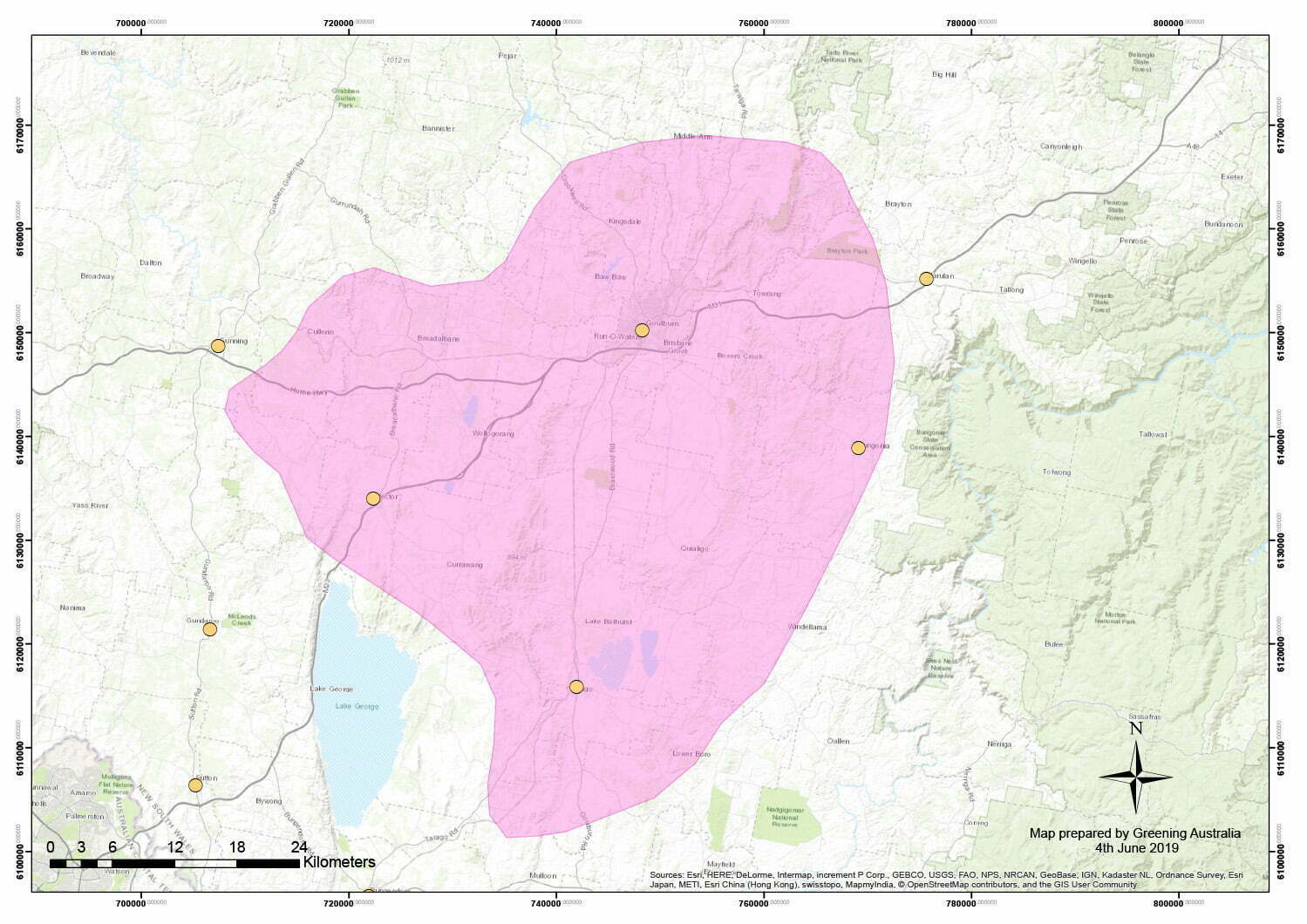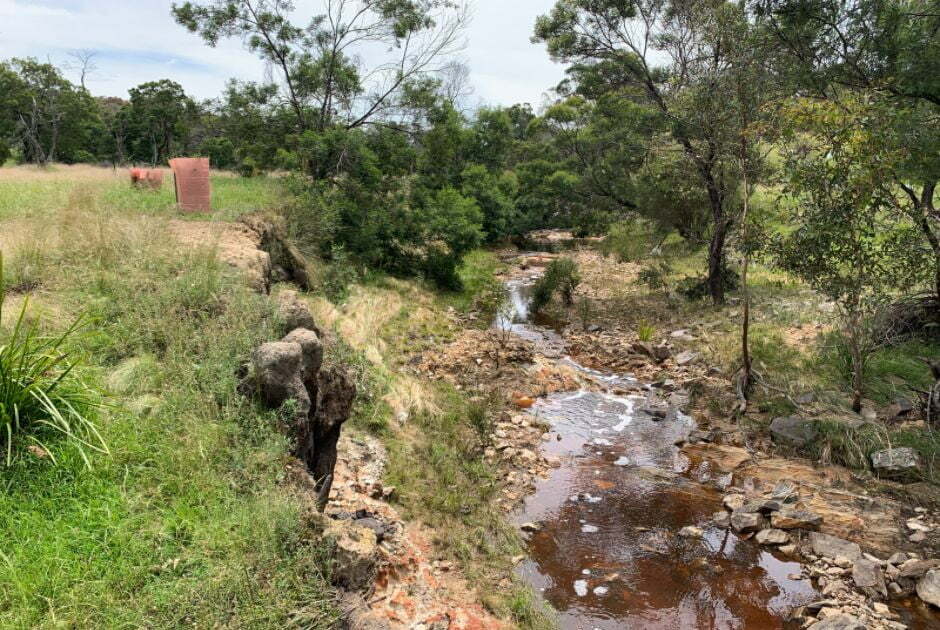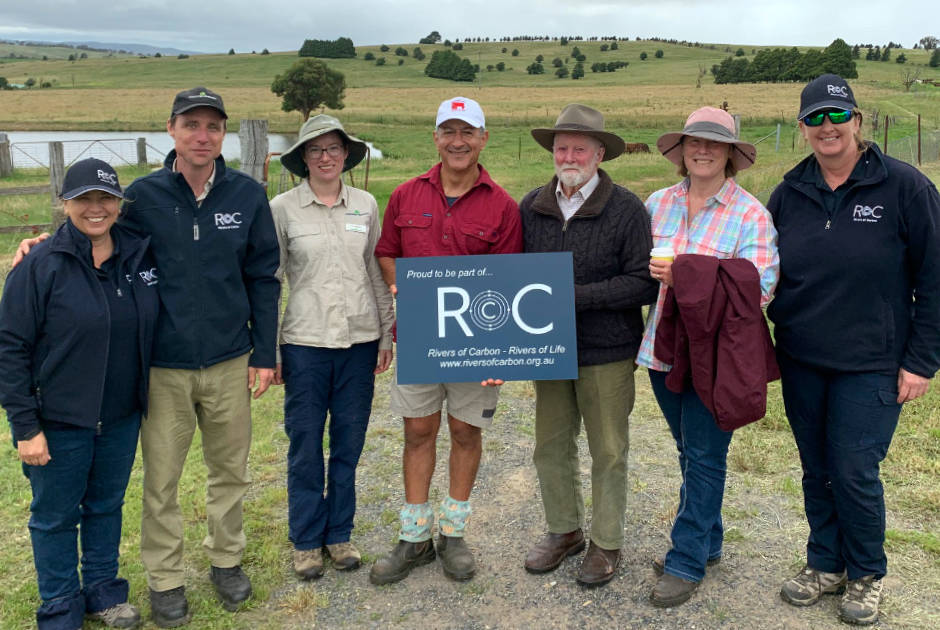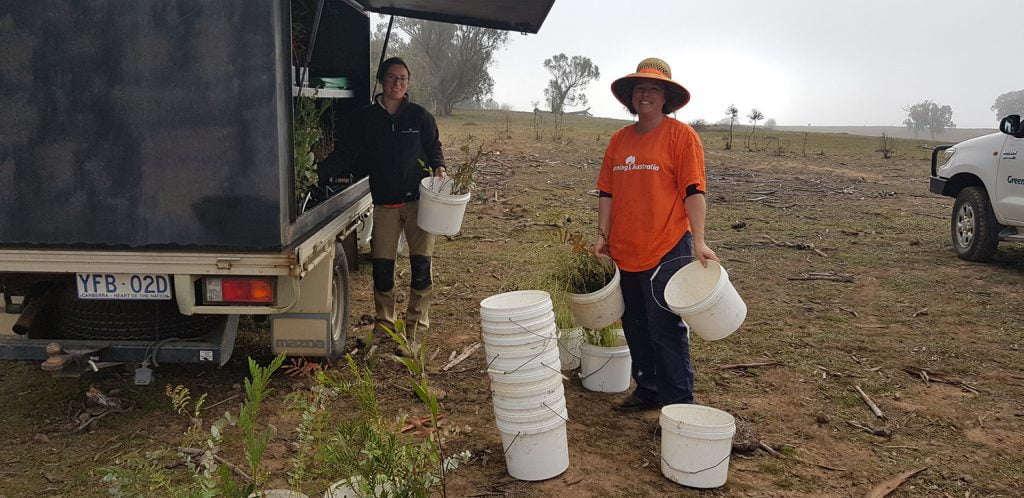Rivers of Carbon –
This region was an important meeting place, which means that it wasn’t just inhabited by one particular Aboriginal group, but had many. We recognise the Mulwaree, Wollondilly, Wiradjuri, Gundungurra, Dharrook, Tharawal, Tarlo, Pajong, Parramarragoo, Cookmal, Burra Burra, Lachlan and Ngunawal people. We acknowledge their continuing connection with, and knowledge about land, waters and community. We pay our respects to them and their cultures; and to Elders past, present and emerging.
Adapted from: Welcome to Country & Acknowledgement of Country – Creative Spirits
River Dreaming image (right). Artist: Richie Allen (Ngunnawal/Kamilaroi), Traditional Aboriginal Owners Corporation.
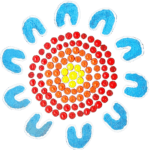

“Rivers run through our history and folklore, and link us as a people. They nourish and refresh us and provide a home for dazzling varieties of fish and wildlife, and trees of every sort.”
– Charles Kuralt
Why Goulburn?
Rivers like the Wollondilly, Mulwaree and Lachlan are highly valued by the people who live, farm and spend time along them. It is the strong connection people feel to their rivers, creeks and wetlands that has resulted in the Rivers of Carbon: Goulburn District River Linkages project being funded by the New South Wales Environmental Trust Bush Connect Program. Commencing in 2016, this ten year program is enabling us to work with landowners, community groups, government and non-government agencies to protect and restore rivers across the district for a range of social, economic and environmental benefits.
Riparian land is the focus of our work because it is often the most fertile and productive part of the landscape, both in terms of agricultural production and natural ecosystems. Our Rivers of Carbon approach protects remnant (old) intact vegetation first, and then seeks to enhance that vegetation along rivers to connect ‘riparian’ habitat.
We are working with landholders to protect and enhance riparian corridors and link remnant vegetation. We will stay in touch with these landowners, supporting them and providing advice as needed, until the project ends in 2026. A number of incentives are available including fencing, a subsidy towards alternative stock water, tubestock and direct seeding. We also offer any landholders a free Land for Wildlife assessment to provide them with further knowledge about the environmental value of their property.
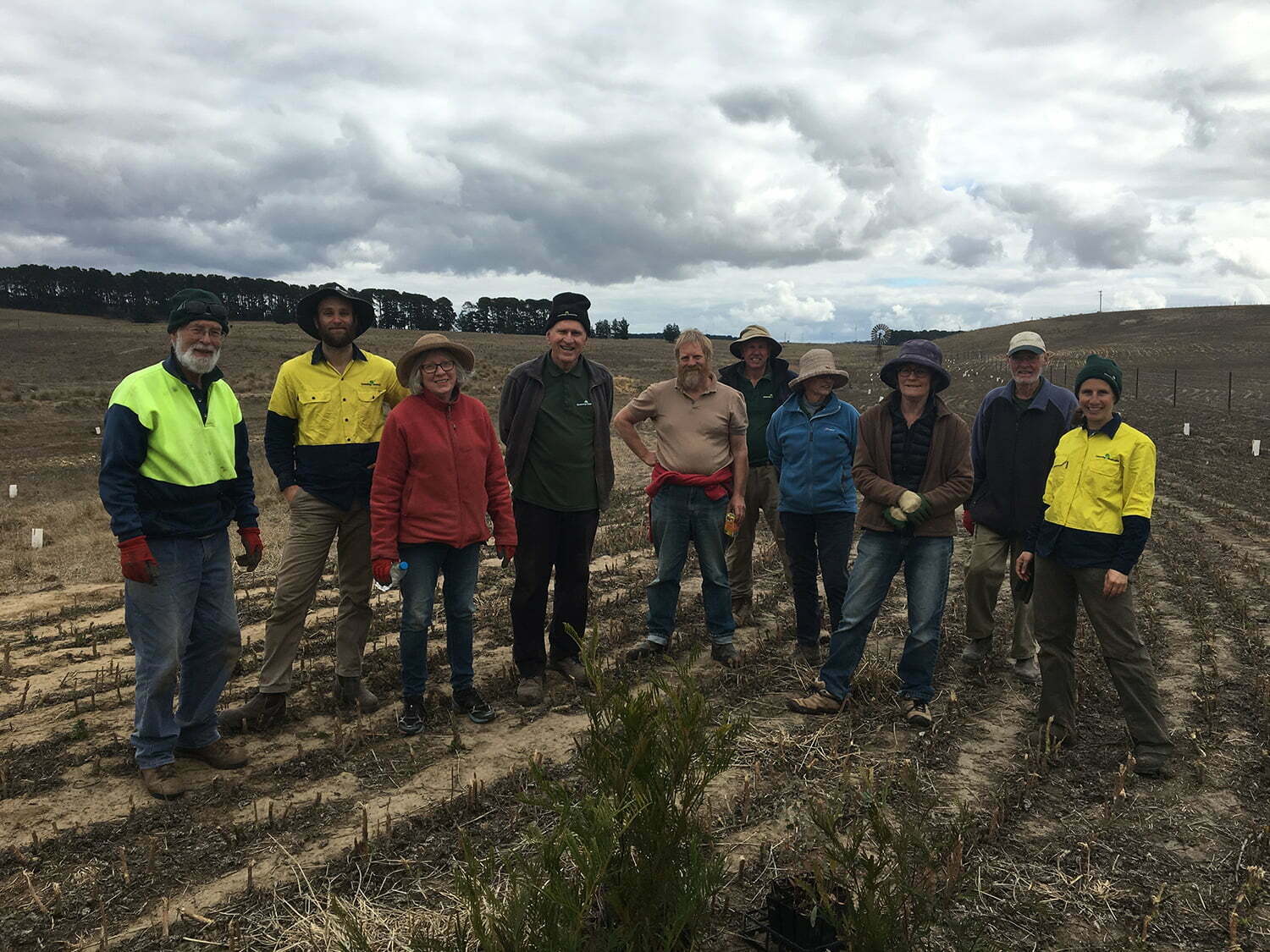
Goulburn District Linkages Project Area
Project Timeline:
Outcomes achieved so far:
![]()
42 landholder agreements
![]()
Working across 42 sites
![]()
38 kms of riparian area protected (fencing)
![]()
408 ha of riparian area rehabilitated
![]()
24,795 plants & 9 kilos direct seeding
![]()
13 activities, 1000+ people engaged
Resources:

David Taylor – Curator Living Collections, Australian National Botanic Gardens
Working together to protect and restore our threatened Australian native plants
Learning more about the threatened native plants in our region enables us to integrate the protection and restoration of these species into our river and land management efforts.
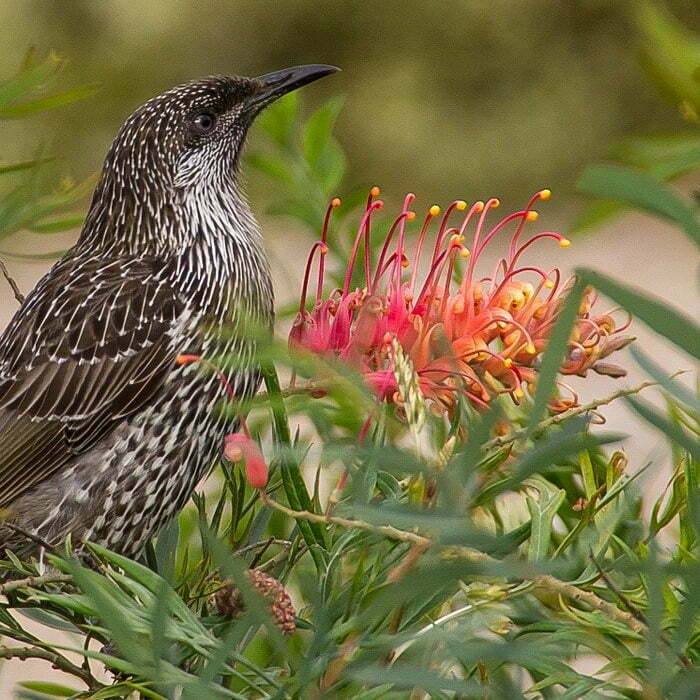
Lucy Wenger and Ben Hanrahan, Greening Australia and Rivers of Carbon
Collecting and caring for seed from Australian native plants
The reintroduction of species into the landscape relies on seed collection for plant propagation and direct seeding. Here’s a handy ‘how-to’ guide covering things you need to think about when collecting, propagating and storing native seed.

Kate McKenna, Lori Gould & Siwan Lovett, Rivers of Carbon
Wombat behaviour, burrows and being neighbours
Wombats are one of our iconic native animals that find riverbanks particularly enticing, yet it’s tempting to see the ‘damage’ they cause. This guide shines a light on these charismatic creatures and explores ways to live alongside them.
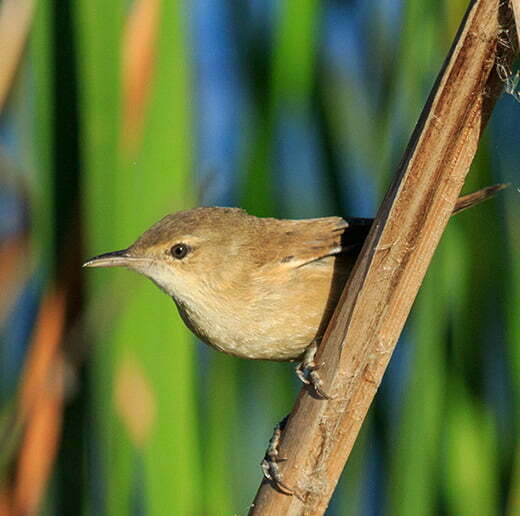
Lucy, Wenger & Nicki Taws, Greening Australia; Kate McKenna & Siwan Lovett, Rivers of Carbon
How to attract more native birds to your riparian real estate
The reintroduction of species into the landscape relies on seed collection for plant Riparian landscapes are essential habitats for birds, and restoring these areas to attract our feathered friends, is a motivating factor for many of our landholders. In conjunction with Greening Australia, this is a guide to assist in improving the abundance of birds on your riparian ‘real estate’.
Project Updates:
Want to get involved?
Terrific, we would be delighted to hear from you. What you need to do now is to check the map to ensure you are within the Goulburn District Linkages area. If you are, complete the Expression of Interest form (above) and send it to Lori Gould who will be the main contact for this project. You can complete it on-line or print it out, scan it and send it back to Lori.
Lori Gould:
✉️lori.gould@arrc.com.au
📞0439 030 058
If you would like to keep up to date with our work then please subscribe to the Australian River Restoration Centre’s free e-newsletter below as this will advertise any upcoming activities.
